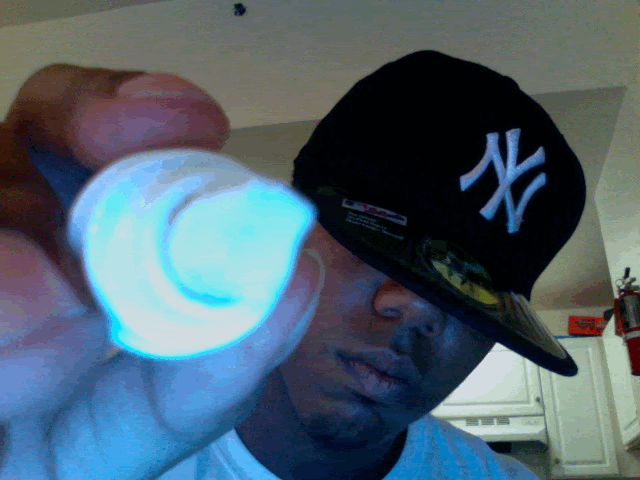Tuesday, September 15, 2009
Learning Log 3 9/15 " The Psychology of Everday Actions"
This chapter was a great follow-up to the first chapter, as it explains that actions as well as the devices and interfaces we use, contribute to failure and misunderstanding. Norman chronicles each aspect of failure with interfaces. The example about the placement of the return and enter keys was a good way to explain to the idea of " If the task appears simple or trivial, then people blame themselves (35)". I agree with Norman that you often blame yourself for messing up an allegedly easy task. Sometimes, it really isn't the user fault, and other times, it is the users fault, but the design dictates that. If the user mistakes the placement of a key once or twice, they can blame themselves with too much fault. However, if the placement is habitually forgotten, it sometimes isn't the users fault. Design flaws can often lead that problem but because the task seems simple then can assign blame to themselves. Several devices are not well made but their use is so simple, people can't help but to blame themselves. It can also lead to another problem that Norman talked about, how if one part of the process is difficult, it attributes difficulty to the whole problem even though it is not wide spread. I like his example with math problems because I've experienced that phenomenon all through high school, especially learning calculus, and trigonometry. Norman wrote "Could a few instances of failure in what appear to be straightforward situations generalize to every technological object, every mathematics problem? Perhaps. In fact the design of everyday things (and the design of mathematics courses) seems almost guaranteed to cause this. We could call this phenomenon taught helplessness" (42). I find the most truth in the gulfs of execution and evaluation. If the process doesn't allow a person to complete the task with minimal effort, and if the process doesn't have a layout that can be directly understood, I believe it to be an unsuccessful device. In conclusion, the second chapter demonstrates that the actions also are the cause of failure with devices and interfaces.
Subscribe to:
Post Comments (Atom)

No comments:
Post a Comment